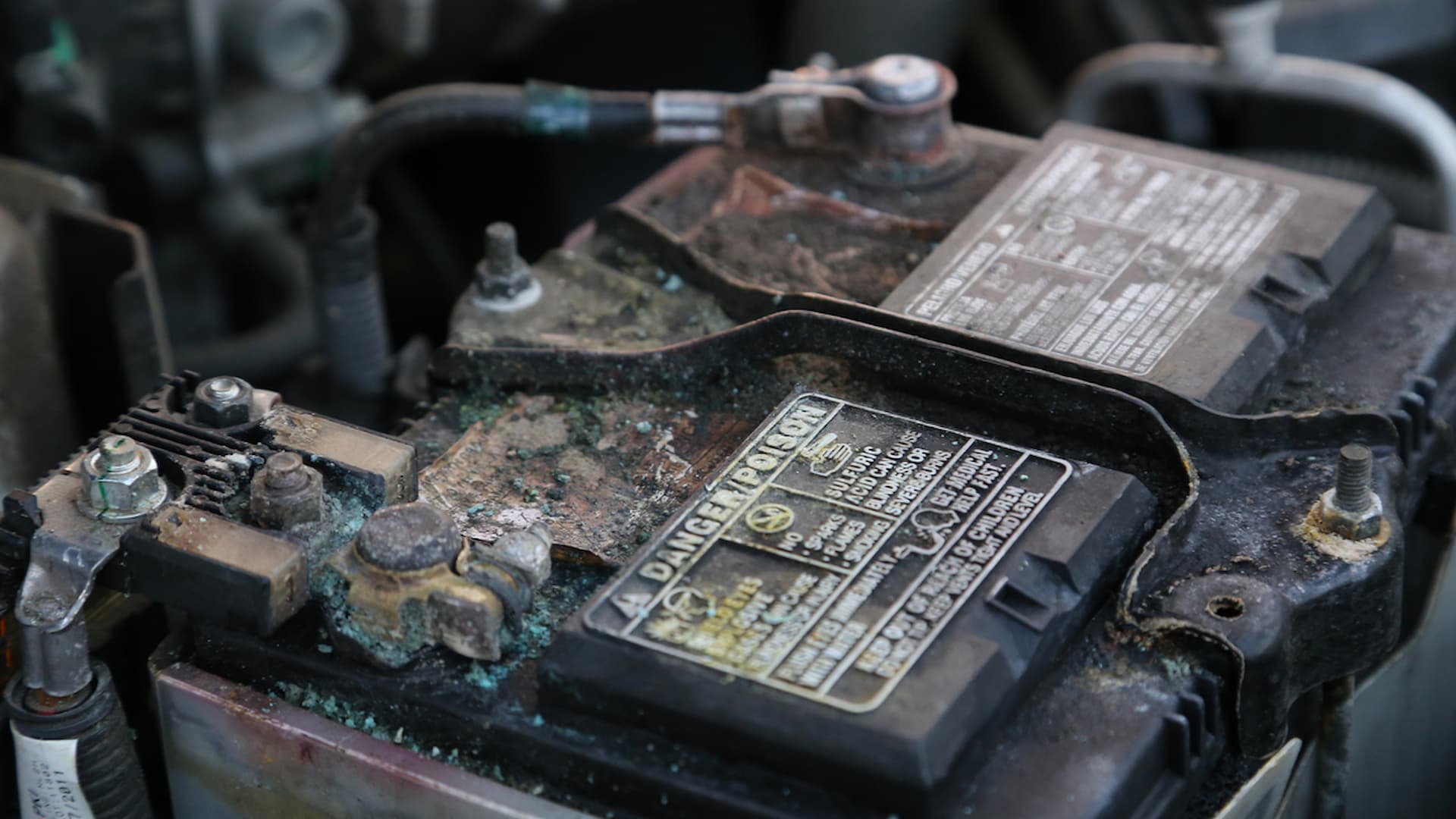Chevrolet C1500 Brake Pads Replacement Costs
Our mobile mechanics bring the shop to you 7 days a week.
Get a quote today for your Chevrolet C1500

Find Your Cost
Car Repair, Delivered.

Our skilled mobile mechanics come to you, and they bring all the tools and parts necessary to complete the repair at your location.
Chevrolet C1500 Brake Pads Replacement Costs
AutoNation Mobile Service offers upfront and competitive pricing. The average cost for Chevrolet C1500 Brake Pads Replacement is $168. Drop it off at our shop and pick it up a few hours later, or save time and have our Delivery mechanics come to you.
Car
Location
Price

1996 Chevrolet C1500
•
218,000 miles
,
TX 77547
$162 -
$198

1996 Chevrolet C1500
5.0L V8 WT •
166,000 miles
,
CA 94028
$147 -
$179

1998 Chevrolet C1500
5.7L V8 Cheyenne •
201,000 miles
,
CA 92555
$154 -
$188

1997 Chevrolet C1500
5.7L V8 •
250,000 miles
,
CA 92586
$148 -
$180

1997 Chevrolet C1500
5.0L V8 •
250,000 miles
,
AZ 85041
$130 -
$158

1997 Chevrolet C1500
5.7L V8 •
240,000 miles
,
CA 94578
$167 -
$204

1998 Chevrolet C1500
6.5L V8 Turbo Diesel Silverado •
270,000 miles
,
CA 90404
$145 -
$177

1995 Chevrolet C1500
5.7L V8 •
300,000 miles
,
CA 91103
$158 -
$193
Why AutoNation Mobile Service?
We perform over 600 repair and maintenance services including oil changes, brakes, diagnostics, belts and hoses, and more. The best part? We come to you with all the necessary tools and parts.






